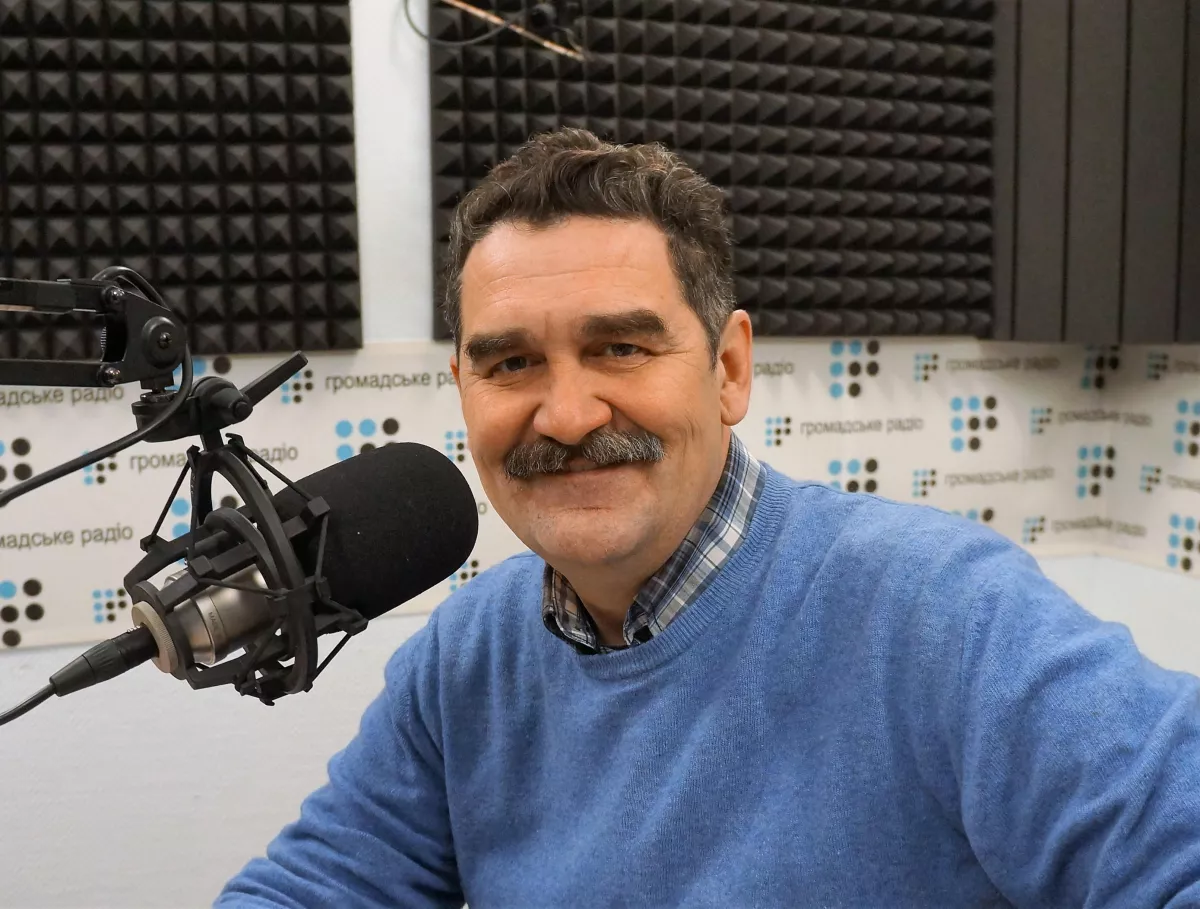Revolutionizing Iran: New president’s plan to move capital south Pundits weight risks and rewards
Iran is considering moving its capital from Tehran to a southern location nearer the Persian Gulf coast, as announced by President Masoud Pezeshkian, according to the Iranian news agency Fars. Pezeshkian cited several reasons for this decision, including economic challenges that make it impractical to keep Tehran as the capital. “Tehran, as the capital, is encountering issues that seem insurmountable without relocating the capital itself. Continuing with the current trend hampers the country's development. If we persist in transporting resources from the south and the sea to Tehran for processing and then sending them back for export, it will increasingly diminish our competitiveness,” Pezeshkian stated.
Once a new capital is selected, all government offices will be relocated, and Tehran's residents will be given the chance to move as well.
According to Pezeshkian, once the new capital is selected, all government offices will be transferred there, and Tehran residents will be offered the chance to relocate.
The effectiveness of this move for Iran's economic troubles, largely driven by long-standing sanctions, is a point of interest. Will relocating the capital offer any relief from the country's economic difficulties? What impact might this shift have on Iran's broader situation?
Foreign experts in the region have shared their perspectives with Caliber.Az.

Israeli orientalist, and expert on Iran and Central Asia Dr. Vladimir Mesamed from the Asia and Africa Institute at the Hebrew University of Jerusalem notes that relocating Iran’s capital has long been a topic of discussion.
“The fact is that Tehran is not traditionally a capital city. It was made the capital by the Qajar dynasty in 1795, and before that, it had no significant historical role. Historically, Isfahan was the capital for many centuries, and in ancient Iran, Persepolis near Shiraz was the capital. Tehran’s status as a capital is relatively recent,” Mesamed explains.
He lists several reasons for the proposed move.
“Firstly, there are economic considerations. Tehran is located far from the main hubs of industrial and economic activity in the country, which are now concentrated in the south where free economic zones are being developed. Additionally, Tehran faces severe ecological problems; it is plagued by smog and poor air quality, being situated in a basin. The city is also starkly divided between affluent and impoverished neighbourhoods, and in recent years, it has become overcrowded due to economic hardships that have driven many from other regions to Tehran. These issues have prompted Pezeshkian to consider relocating the capital. Moving it to the south would align with Iran's historical development trends and could be more economically advantageous, as the south has traditionally been a centre of Iranian history and economic growth,” he says.
Mesamed also points out that the relocation of capitals is a well-trodden path.
“The relocation experience is not new. For example, Kazakhstan moved its capital from Almaty to Astana. Pezeshkian’s plan aligns with global trends and could be a strategic move for Iran, especially considering the country’s historical and economic context. The parallels with Kazakhstan’s experience are relevant,” he adds.
However, he raises additional questions.
“Is it solely the geographic and environmental issues of Tehran that are hindering Iran's development? There are broader factors at play. Iran needs to emerge from its isolation and reorient itself strategically. Pezeshkian advocates for breaking out of isolation and establishing stronger ties with the United States and the West. This is why he has included figures like former Foreign Minister Mohammad Javad Zarif, known for his pro-Western stance, and Abbas Araqchi, a reformist and former deputy minister in charge of Iran’s nuclear program, in his government.
For any reformative progress and to effectively exit isolation, Iran will need to address its nuclear front. If Iran can finalize the nuclear deal (JCPOA), which has been under discussion and has Western support, and if Ayatollah Khamenei continues to support this move, it could lead to a significant lifting of sanctions. This, combined with the capital's relocation, could revitalize the Iranian economy. These plans are not merely speculative but appear quite feasible. A public referendum might be needed to gauge the citizens' support for such changes. If the people back the move, relocating the capital and establishing a new centre of Iranian statehood could potentially lead to greater stability and economic growth. Additionally, moving the capital might alleviate the corruption and clan-based issues prevalent in Tehran, leading to a more transparent and dynamic economic environment,” Mesamed concludes.

Igor Semivolos, Executive Director of the Centre for Middle East Studies in Kyiv, expressed scepticism about the proposed capital move, calling it "strange."
"Since Tehran became the capital under the first Qajars, it has remained the central political, economic, and scientific hub of modern Iran. It is nearly inconceivable to imagine Iran without Tehran as its capital. The argument regarding the transport of products seems unconvincing, almost as if these products are being transported by donkeys. Interestingly, Russia has also recently considered moving its capital, though it remains a theoretical discussion at this point," Semivolos remarked.
He questions the Iranian leadership's motives for raising this issue, given the arguments appear unsubstantiated.
"It is possible that staying in Tehran might become a liability if an anti-government uprising were to occur. Such a situation could arise from a combination of factors: a faltering economy, a budget deficit, a problematic alliance with Moscow, ongoing sanctions, and the looming threat of a major war that could devastate Iranian infrastructure — particularly in the south. This scenario could echo the situation of 1979. Alternatively, there might be concerns about the new Ukrainian drones capable of striking Moscow, with a range potentially reaching Tehran. The situation is unpredictable, and the leadership could be responding to these emerging threats," Semivolos summed up.








